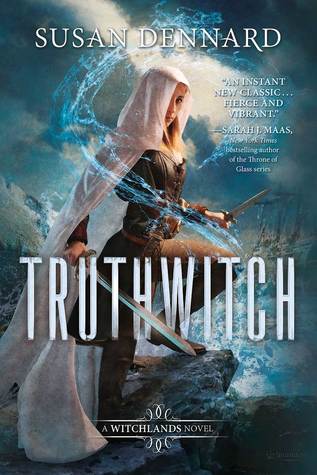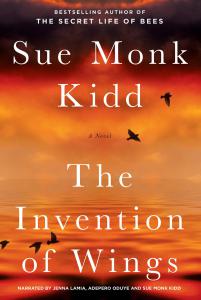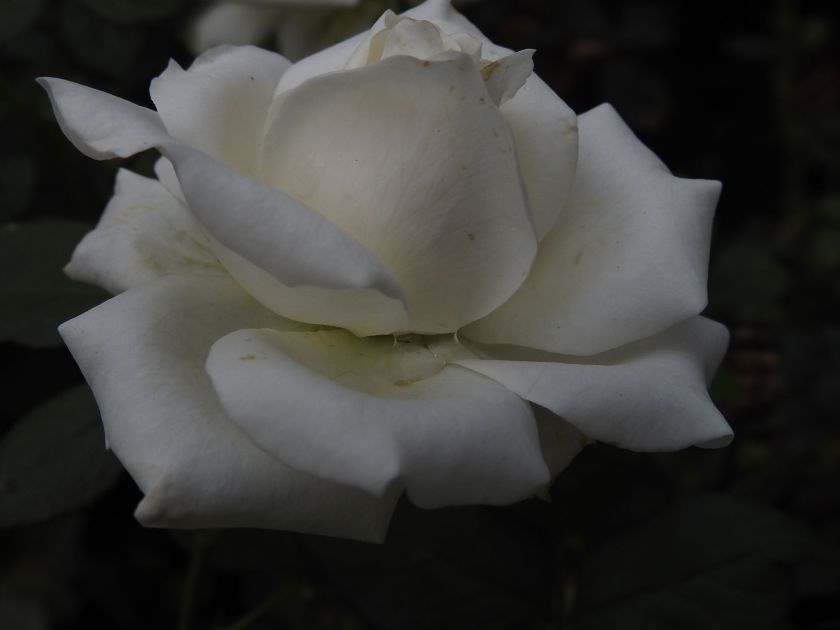Download links for: Walton Ford. Pancha Tantra


Reviews (see all)
Write review
This is the classiest, most interesting book I have ever owned. It covers half my coffee table.
This book is everywhere! Looks beautiful, but I'm not spending $70 on it anytime soon...
My friend Sydney bought this book for himself. I read all of it. MARVELOUS BEASTS we are.
I immediately pre-ordered this when I discovered that it was coming.
amazing work
Other books by Nonfiction
Related articles












